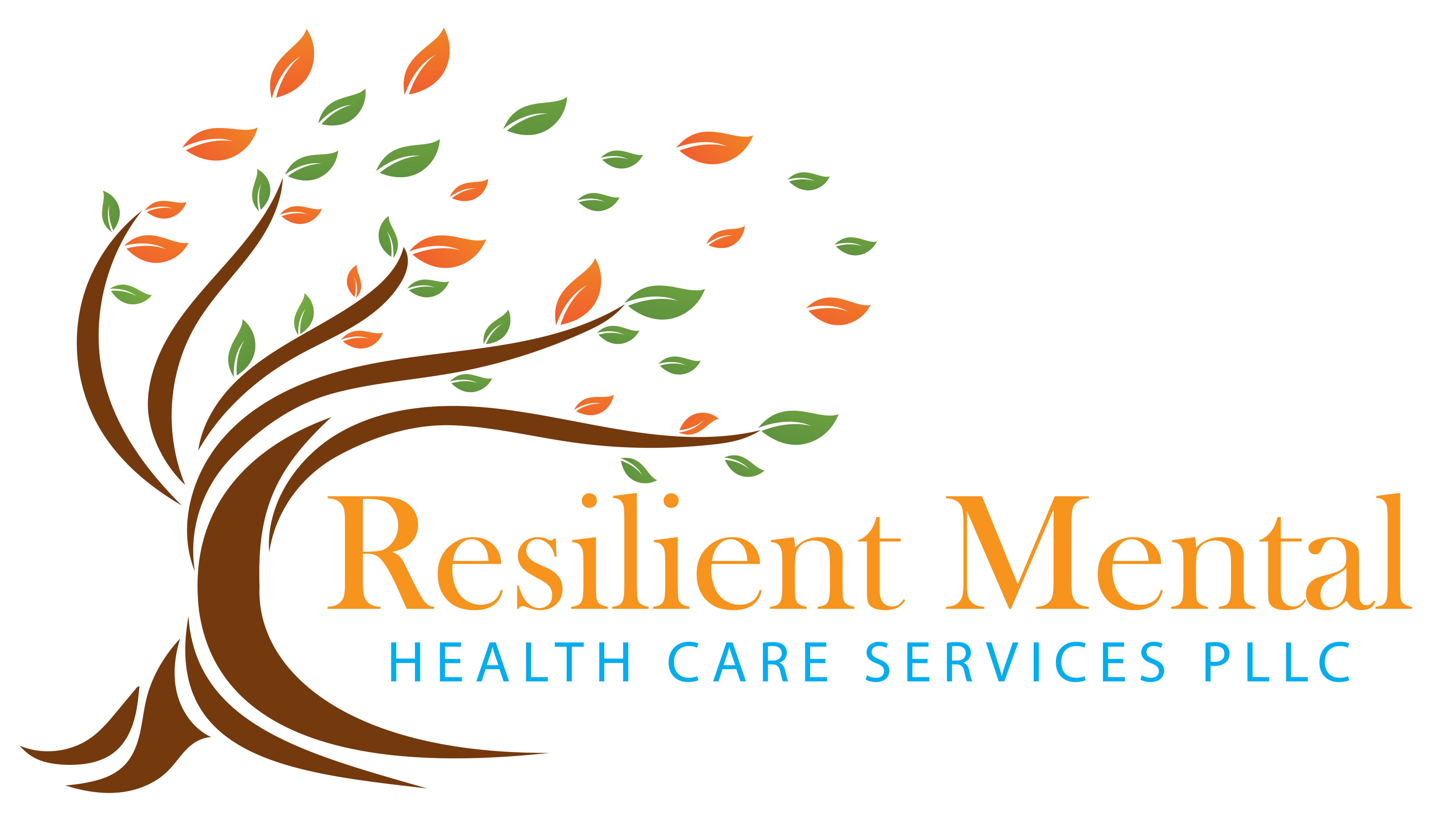According to a WHO Report published in May 2024, supposedly 3.9% of the global population has suffered from PTSD at some point in their lives. Apart from that, people who face sexual violence, war, or any other kind of conflict have a greater chance of developing PTSD over time. To go over – Post-Traumatic Stress Disorder (PTSD) is a serious condition that affects many people. It can cause anxiety, flashbacks, and other challenges. Thankfully, there are several treatment programs for PTSD designed to help people manage their signs and improve their lives.
In this blog, we will talk about two of the most crucial of all treatments – Cognitive Behavioral Therapy (CBT) and Dialectical Behavior Therapy (DBT).
What Are The Primary Treatment Formats For PTSD?
- Cognitive Behavioral Therapy (CBT)
Cognitive Behavioral Therapy (CBT) is one of the most widely used treatments for PTSD. It focuses on helping people change negative thoughts and behaviors. Here’s how it works:
- Understanding Thoughts And Feelings: CBT helps people understand how their thoughts affect their feelings and behaviors. For instance, if someone with PTSD thinks, “I am in danger all the time,” they might feel anxious and avoid certain situations. CBT helps them challenge these thoughts and replace them with more balanced ones.
- Facing Fears Gradually: In CBT, people often work on facing their fears gradually. This process is called exposure therapy. By slowly and safely confronting the things that scare them, they can reduce their anxiety over time.
- Learning Coping Skills: CBT also teaches useful coping skills. These skills can help people handle stress better and manage their emotions healthily.
- Dialectical Behavior Therapy (DBT)
Another therapy that can help with PTSD is Dialectical Behavior Therapy (DBT). It was originally developed for people with extreme emotional issues, but it has proven helpful for PTSD as well. Here’s how DBT works:
- Balancing Acceptance And Change: DBT focuses on helping people balance acceptance of their current situation with the need to make changes. This means acknowledging and accepting how they feel while also working on strategies to improve their lives.
- Mindfulness: One key part of DBT is mindfulness. This practice helps people stay present and aware of their feelings without getting overwhelmed. Mindfulness can help people with PTSD manage their stress and anxiety.
- Building Skills: DBT teaches skills in four main areas: mindfulness, distress tolerance, emotion regulation, and interpersonal effectiveness. These skills help people deal with difficult emotions, manage stress, and improve their relationships.
Which Are The Emerging Therapies For PTSD?
Apart from the mentioned treatment programs for PTSD, there have been certain therapies that are making their way into the fold –
Virtual Reality Exposure Therapy (VRET) is a new approach that uses virtual reality to help people face their fears by recreating traumatic situations in a safe environment, allowing them to confront these fears in a controlled setting.
At the end of the day, a compassionate approach and utmost care towards the patient are factors that matter.
Last Thoughts
Each therapy offers different ways to help people manage their symptoms and improve their quality of life. CBT and DBT are two of the most opted approaches. If you have been looking for compassionate treatment for trauma and PTSD in WA – Resilient Mental Health Care Services PLLC can be your ultimate go-to option. Our team of health experts utilizes evidence-based formats to treat mental health patients.

